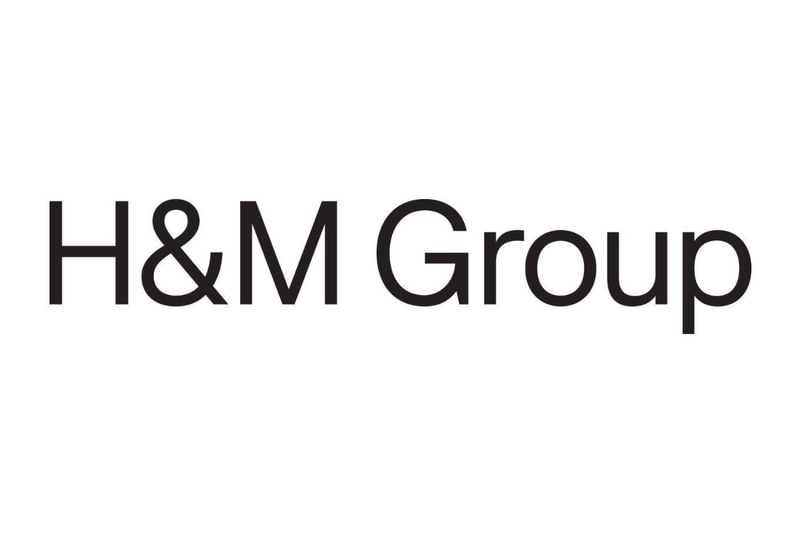
Case Study - Sony
Sony Corporation is a leading manufacturer of audio, video, imaging, game, communications, key device and information technology products for the consumer and professional markets. Keiko Shiga from Sony’s Quality & Environmental Department tells us more about Sony's science-based targets here.
With Sony's music, pictures, computer entertainment and online businesses, it is uniquely positioned to be the leading electronics and entertainment company in the world. Sony recorded consolidated annual sales of approximately $72 billion for the fiscal year ended March 31, 2016. We spoke to Keiko Shiga from Sony’s Quality & Environmental Department about the company’s science based targets.
Why did you decide to set a science-based target?
We didn’t actually set out to set a science-based target in response to a call from the Initiative. We already had “Road to Zero”, our global environmental plan for achieving a zero environmental footprint by 2050, which we announced in 2010, and we were working towards this. We knew our “Green Management” mid-term targets had to be ambitious in order to put us on track to achieve the radical reduction in emissions necessary by the middle of the century.
We are part of WWF’s Climate Savers Program and we were speaking to them about our targets for 2020 and they said: ‘these look science-based.’ We didn’t realize this but agreed to submit the targets for a quality check and they were approved! We successfully hit our 2015 targets for climate change, and are now on track to delivering more reductions.
We believe it is essential to act on climate change and to do so quickly. It is central to our identity as a company that seeks to make a connection with people. Our customers don’t just look for functional value but deeper and more elusive emotional value. In Japanese culture, we call this ‘kando’. Being environmentally aware and responsible is one of the most important ways to achieve this.
What was the process for setting and implementing the ambitious targets?
The basic foundation of the Green Management mid-term targets was developed by the Quality & Environmental Department, involving business groups and relevant divisions in the discussions as needed. We also talked with some stakeholders about their expectations for Sony and benchmarked what other advanced companies are doing for environmental initiatives. Then we took it to the Group Executive Committee at one of their monthly meetings.
The CEO was instrumental in getting other executives on board. For him, it was central to what Sony is and does.
Without his backing it would have been harder to get other leaders on board.
Across the company, people are behind the targets and agree with the idea that we have to radically reduce our emissions. We provide e-Learning on Green Management mid-term targets to keep awareness and momentum high. Of course, in the shorter-term the specific targets and reductions require negotiation and explanation.
What changed as a result of having an official quality checked science-based target?
In some ways not much changed. We were already working towards the Road to Zero, and so the internal processes were in place to deliver this. However, having targets approved by a global initiative, as being science-based and in line with the level of ambition necessary to prevent dangerous climate change gave us more confidence and greater authority. This was particularly important in the context of COP 21 and the Paris Agreement, which saw an increase in awareness around the need to act.
What benefits do you anticipate or have you already reaped from having a science-based target?
This is something our customers want. It is important for our brand value. We need to fulfill our mission to provide the products customers want. And because these products are more energy efficient we are also helping to reduce global emissions, so it’s a win-win.
It puts us in a good position vis-à-vis our competitors, and also regulators. It means we meet and try to surpass what stakeholders expect of us, keep offering the best to our customers, and in doing so, get ahead of what other companies are doing. We also save money, because of energy efficiency.
Having a science-based target helps keep us on track. It means we know what we need to do in the short and medium term to meet the longer-term vision. And it also helps convince people internally that we are doing this in a logical manner. By being part of the global initiative we know we are part of a bigger movement, and that if we all work together we can deliver the reductions necessary.
Did you encounter any challenges?
Sony’s long-term vision implies a radically new way of doing business. Achieving this vision will demand changes beyond the company’s control and require collaboration with key stakeholders, including shareholders, employees, consumers, suppliers, governments and civil society.For example, we have targets for our supplying partners to meet, which is a challenge. We will have to work with them to convey the importance of reducing emissions in the supply chain. We cannot do this alone and building partnership will be key to get others to act.
Another challenge is that customers want bigger products in categories like TVs, with more vibrant displays, but they also want energy efficiency and lower emissions.
We have to try hard to deliver both. We also have to work out ways to ensure that our emissions keep going down even as the number of products our factories produce goes up.
We have absolute rather than intensity targets, so we have to cut emissions even when we grow. We will have to continue to innovate and work very hard to hit targets but I am confident we will do it – as we always have in the past.
Can you give some examples of innovations that have occurred as a result of the targets?
We have developed new LED displays for our TVs, which are more energy efficient, without compromising on picture quality. For example, the smart screens in the 4K BRAVIA™ TV X85B series adjust LED backlight brightness frame by frame to avoid wasting energy, and use 20% less energy than previous models (compared to X85A series in standard viewing mode).
We have also developed our own recycled plastic, SORPLAS, which is made from up to 99% recycled material and saves up to 80% CO2 emissions during manufacturing. This is used in many of our products and we are now also selling this outside the Sony Group.
Our environmental targets apply to all Sony companies – not just electronics, but also entertainment companies such as music and motion picture businesses. These divisions have the same emission reduction targets for operation, but they also have their own specific target – to “raise awareness and inspire action on sustainability from over 500 million people through entertainment”. For example, the main character from our film Angry Birds has become a UN Ambassador for the International Day of Happiness and is part of a campaign for greater sustainability. The idea is if the earth is happy then Angry Bird is happy. These sorts of creative innovations might not directly drive down emissions but they are really important to drive engagement, which is essential for action at the scale required.



